Search
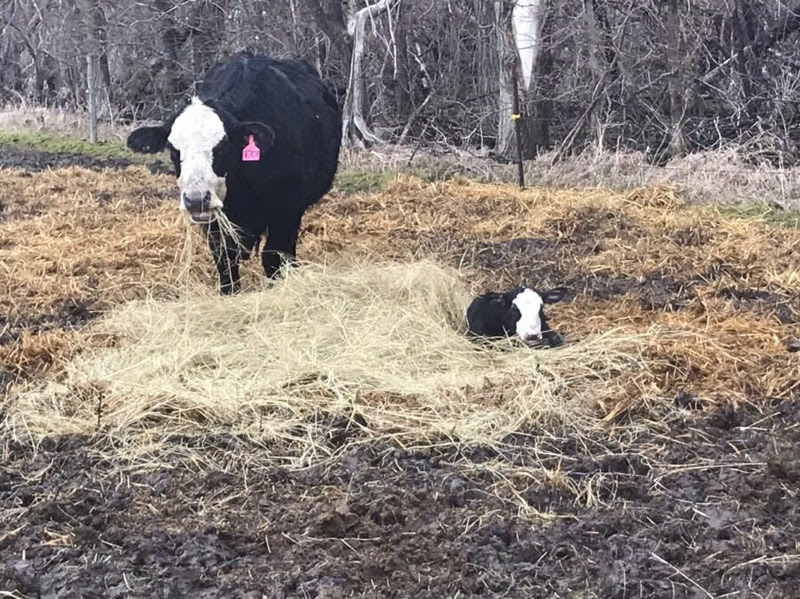
Planning for a Muddy Breeding Season
Early calving spring cow herds have wrapped up calving and are preparing for breeding season. If you are having flashbacks to breeding in the mud of 2018, try approaching this year with an open mind and review breeding season protocols with a “mud” backup plan.
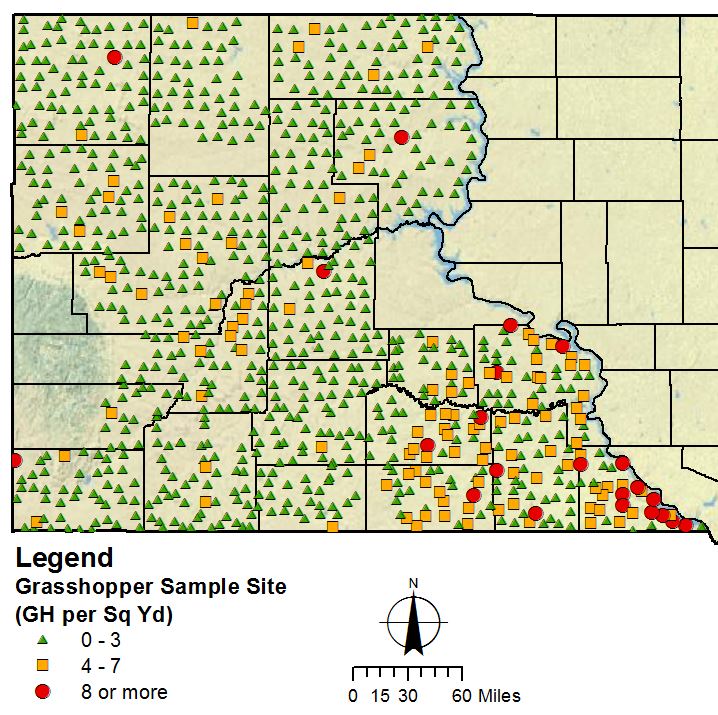
2019 South Dakota Grasshopper Forecast
The USDA Animal Plant Health Inspection Service conducts an annual survey to monitor grasshopper populations in Western South Dakota. In 2018, SDSU conducted a survey to monitor populations in Eastern South Dakota. These previous-year surveys can be used as a prediction tool for where grasshoppers may be an issue during the upcoming season.

Are Ant Mounds in Pastures Bad?
We often receive reports of large ant mounds in a pastures and rangeland. These mounds are the creation of thatching ants, which are common in South Dakota. Although these mounds are often considered a nuisance, the ants may play an important role as predators of potential pest insects.
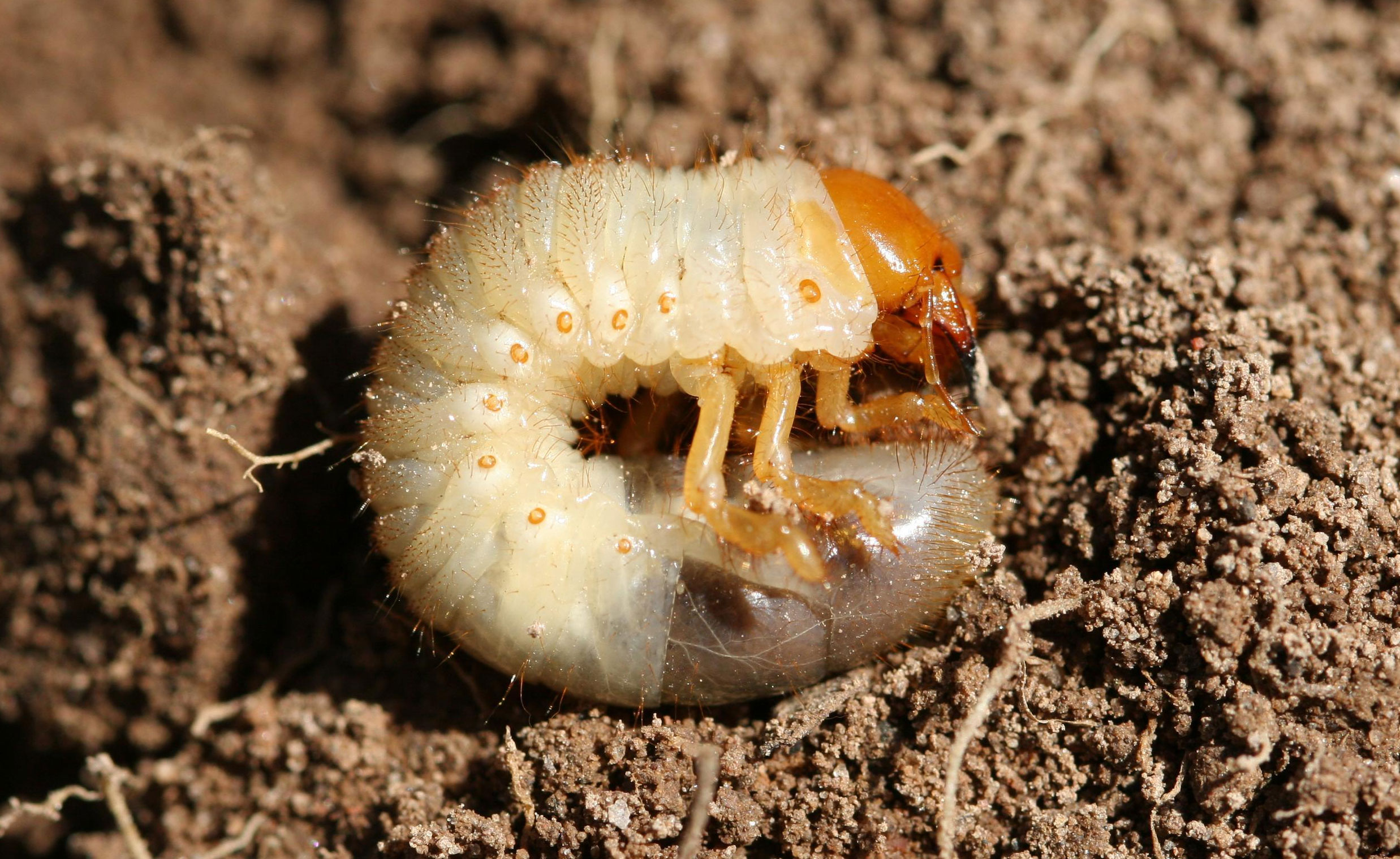
2019 June Beetle Update
In the spring of 2016, we received reports of large populations of June beetles in Central South Dakota, which indicates the start of a new cycle for the grubs. Based on these reports, it is estimated that 2019 will be the big emergence year if the 2016 adults were successful and their grubs survived.
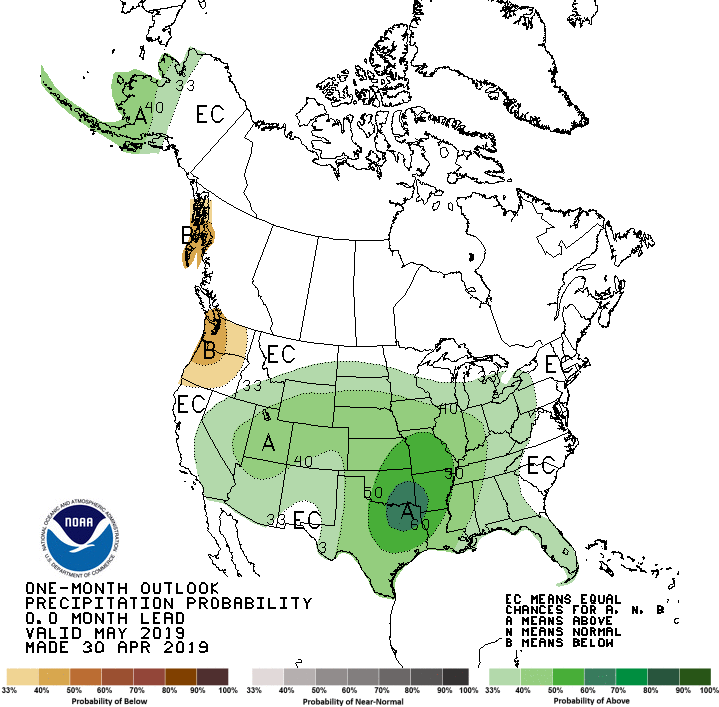
May 2019 Climate Outlook: April Showers Bring May Showers?
The precipitation outlook for May does not show much promise of relief from moisture, as wetter than average conditions are slightly more favored than drier conditions. In addition, cooler than average temperatures are more likely for the first half of May and could continue for much of the month.
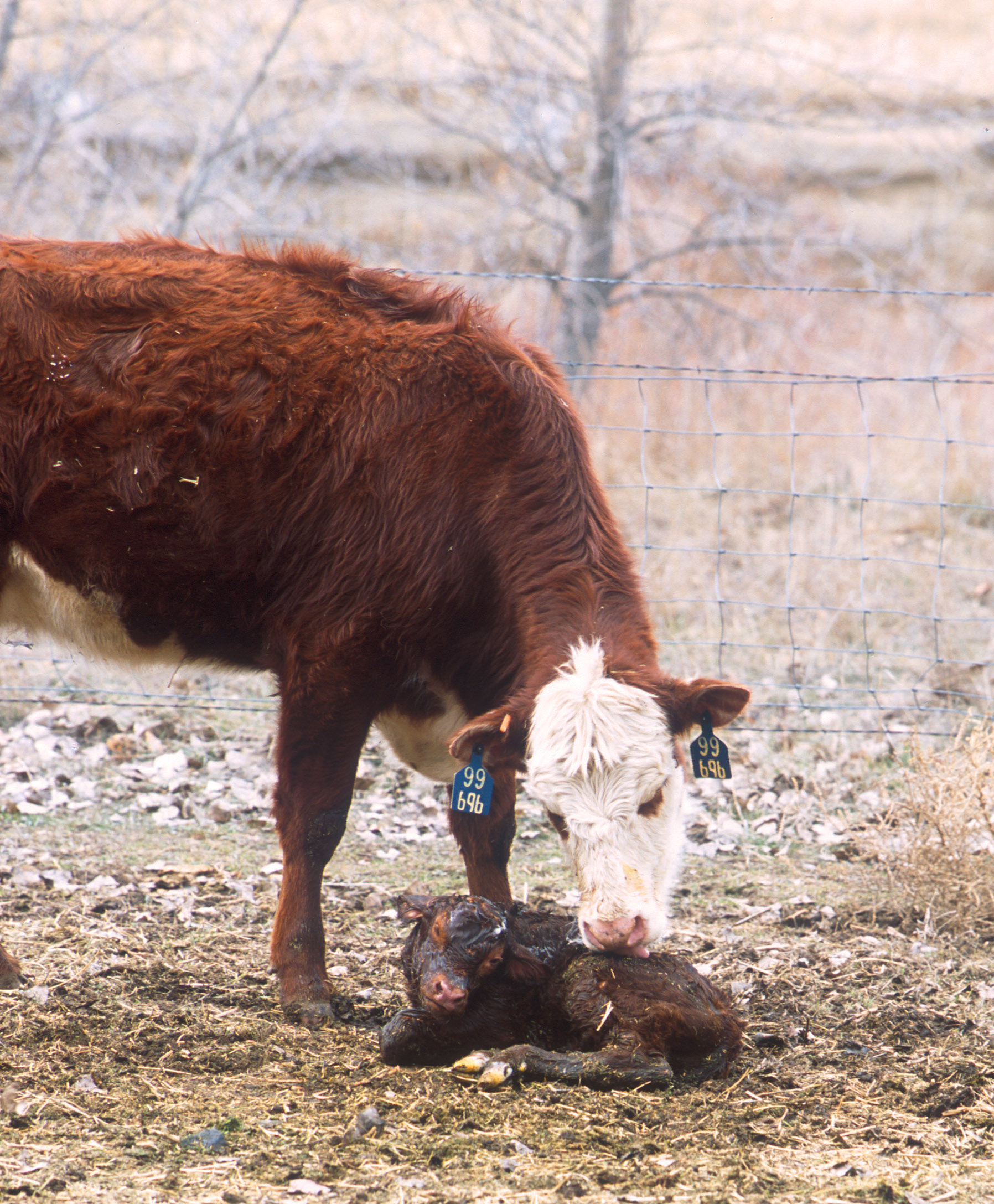
Will Health Effects Linger in Beef Calves Following Harsh Spring Weather?
Beef herds calving in late winter or early spring flirt with disaster annually when it comes to bitter weather conditions. It’s a rare year when a prolonged cold snap or snowstorm doesn’t occur during this critical period. In the throes of those weather conditions, calf health and even survival can be directly affected.
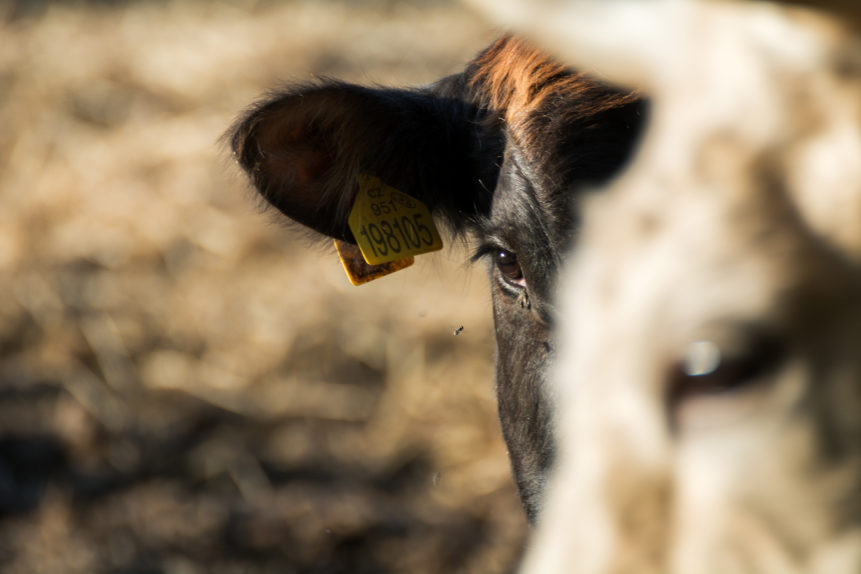
Lingering Health Effects in Cows and Bulls Following a Harsh Winter and Spring
While mortality directly due to harsh winter weather is much more likely in calves rather than adult cattle, older animals can be affected too, and some of those effects might linger into the days of better weather and warmer temperatures.
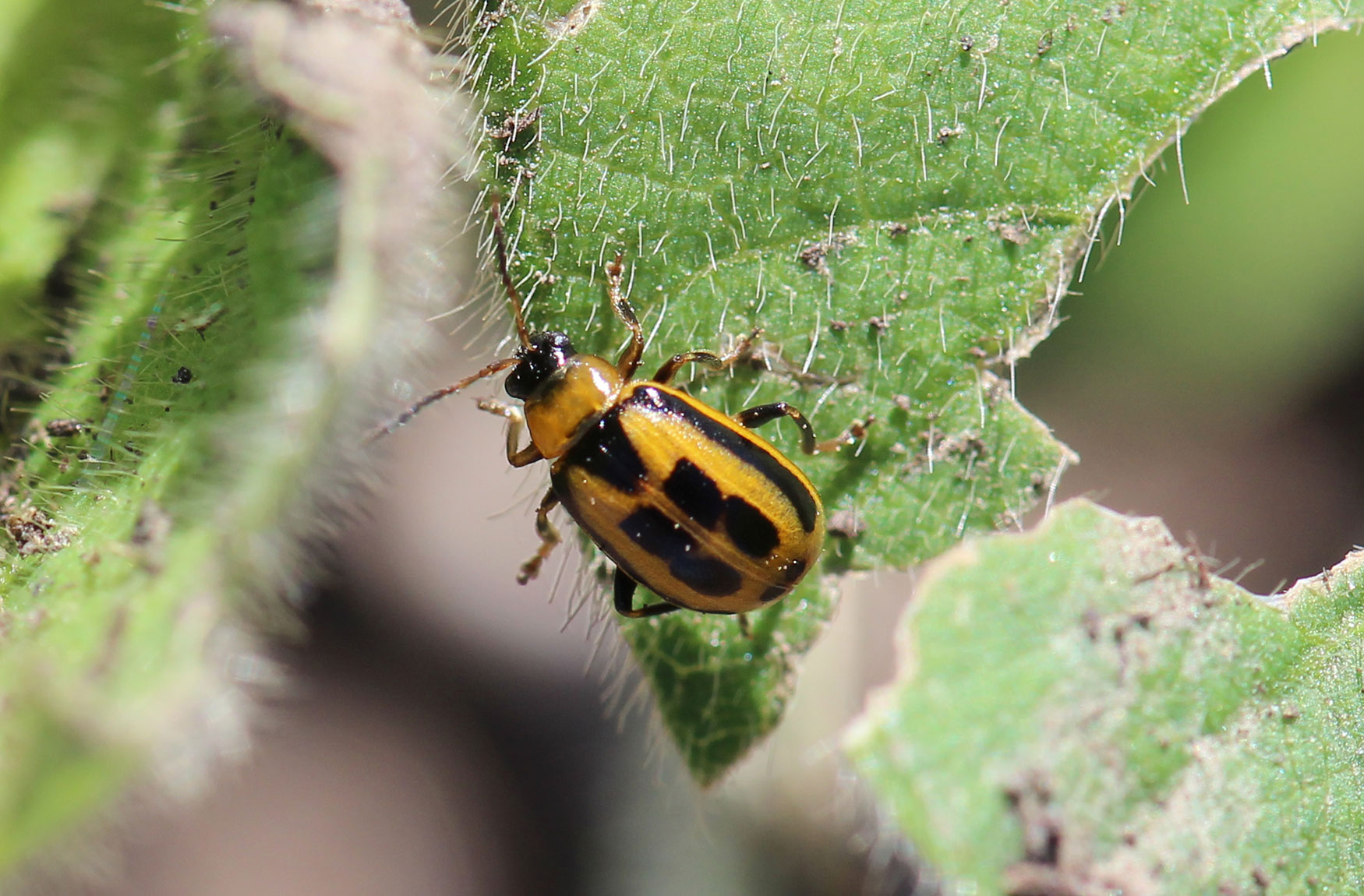
2019 South Dakota Overwintering Bean Leaf Beetle Predicted Mortality
Overwintering bean leaf beetle adults will soon start emerging as they do each spring. This overwintering generation is capable of causing serious defoliation injury to seedling soybean plants.
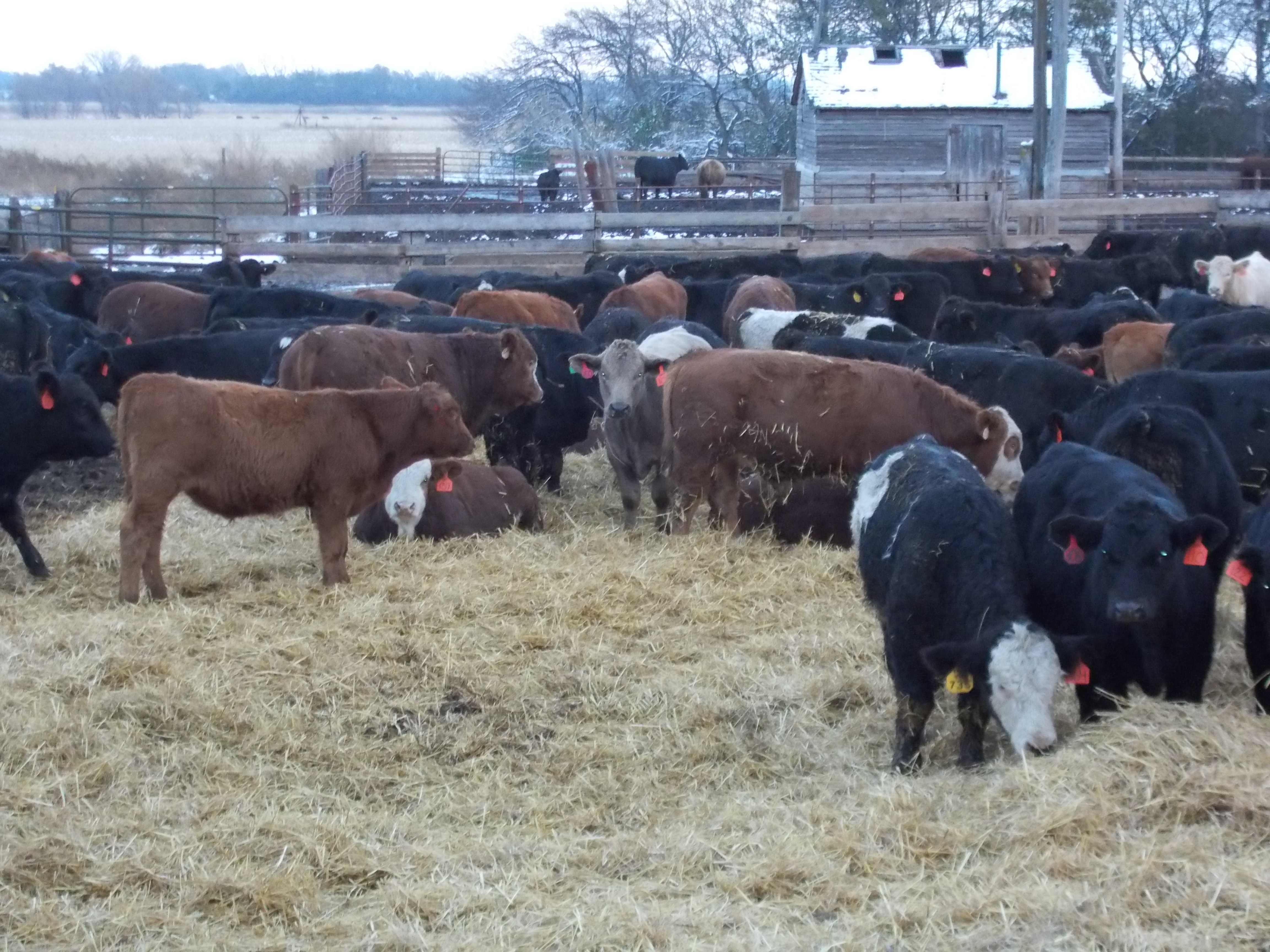
Managing Cattle Through Winter Weather Conditions
Winter weather conditions often present challenges to cattle managers in the Northern Plains. Although we can’t alter the weather, there are management steps that can be taken to help maintain cattle health and performance.
Dealing With Snowstorms for Cattle on Winter Range
Ranchers with cattle on winter pastures have a few management strategies to help them cope with the large snowstorms throughout the state.